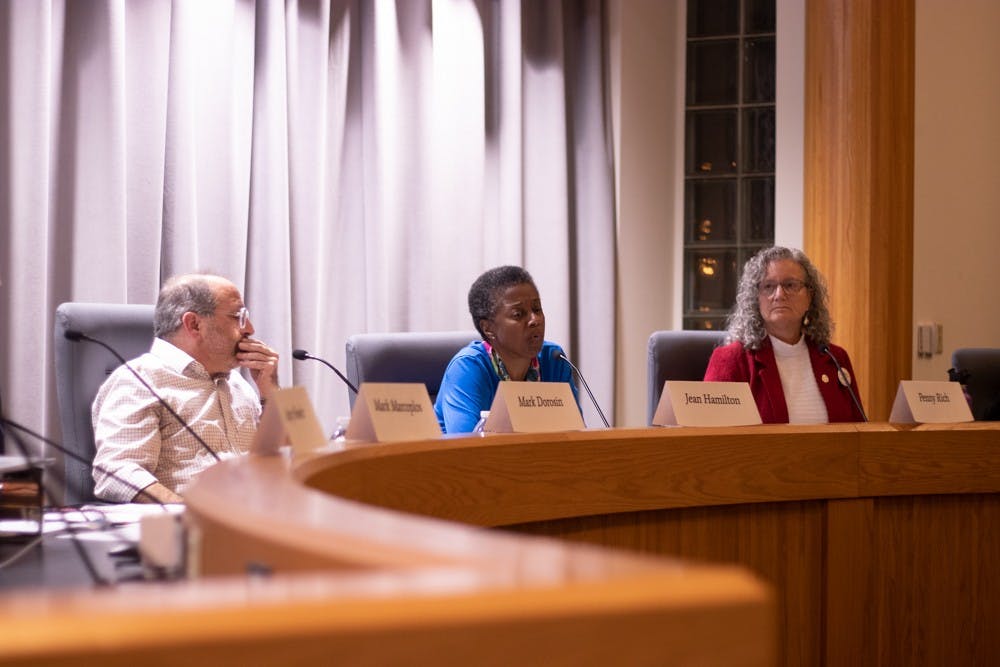The Public School Forum of North Carolina released a study last week detailing the massive disparities in spending on education in North Carolina.
The study focuses on the widening gap in spending between the state’s wealthiest and poorest counties, which has increased significantly in recent years. It also discusses how those wealthier counties are able to allocate more funds to their schools while simultaneously taxing their constituents at a lower rate.
North Carolina has long dealt with the issue of adequately funding its public schools.
In 1997, the N.C. Supreme Court ruled that each child in the state was entitled to a “sound basic education.” Seven years later, it upheld a lower court ruling that the state of North Carolina had violated this right and ordered it to provide, among other things, well-trained teachers and increased resources to support effective instructional programs.
Action on the case continued, as 2018 saw the appointment of WestEd, an educational nonprofit organization based in California, to study funding patterns for state educational programs and recommend a plan to remedy the violation of student’s constitutional right to an adequate education.
The results of that study, which were released in 2019, addressed the same phenomena as the newest study by the Public School Forum of North Carolina.
The average level of per pupil spending in each county according to the study was $1,714 in 2017-18. The top 10 counties spent an average of $3,305 per pupil on education, compared to an average of $782 per pupil in the lowest-spending counties. Orange County spent almost $400 more than the seven lowest-spending counties combined.
Lauren Fox, senior director of policy at the Public School Forum, discussed how state funding has been insufficient to meet the needs of many localities when it comes to funding for educational programs.
She said although the state does provide funding for education to all counties, sometimes this money is not enough to bridge the gap in what smaller, less wealthy counties are able to provide to their own school districts.




